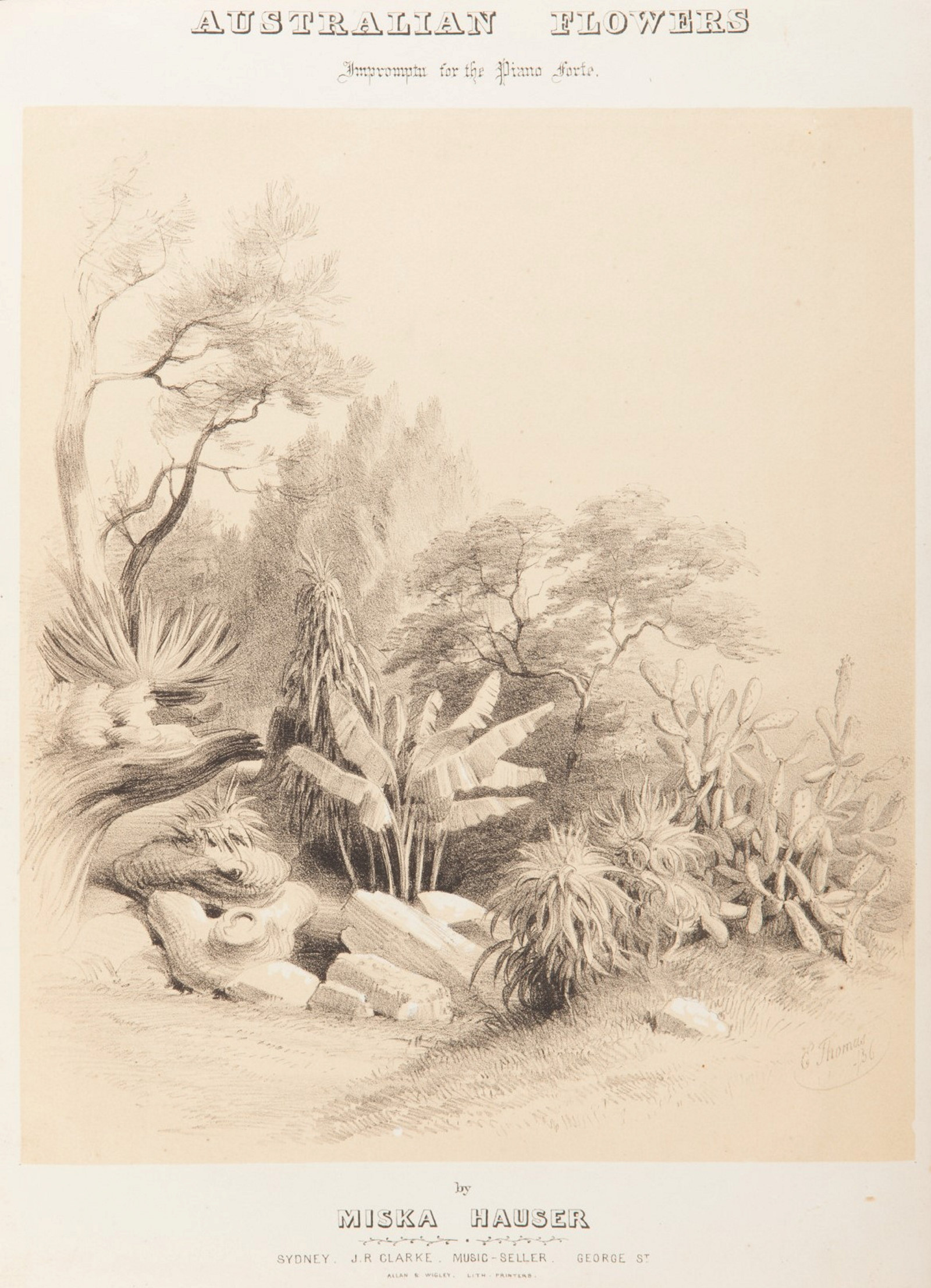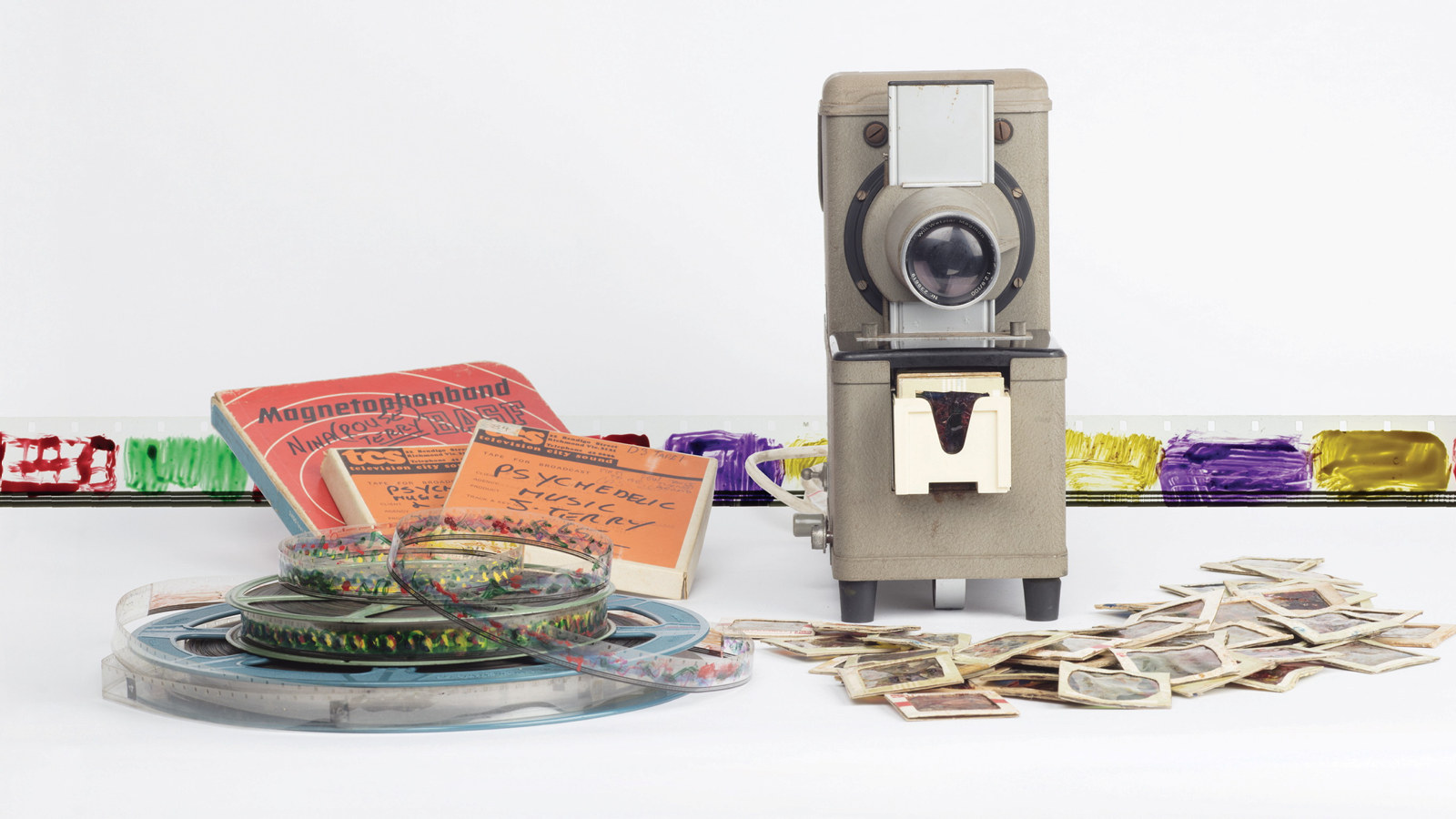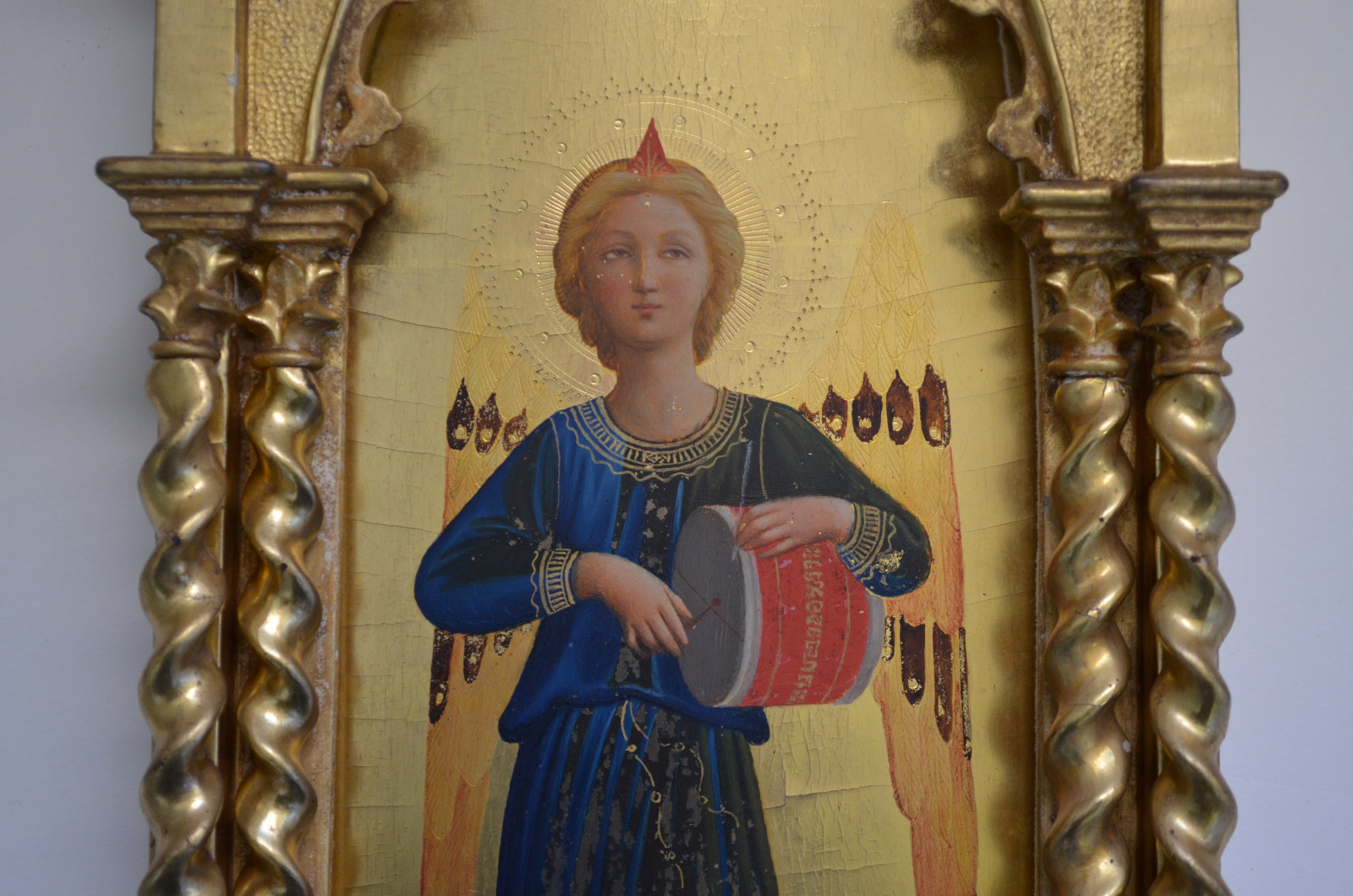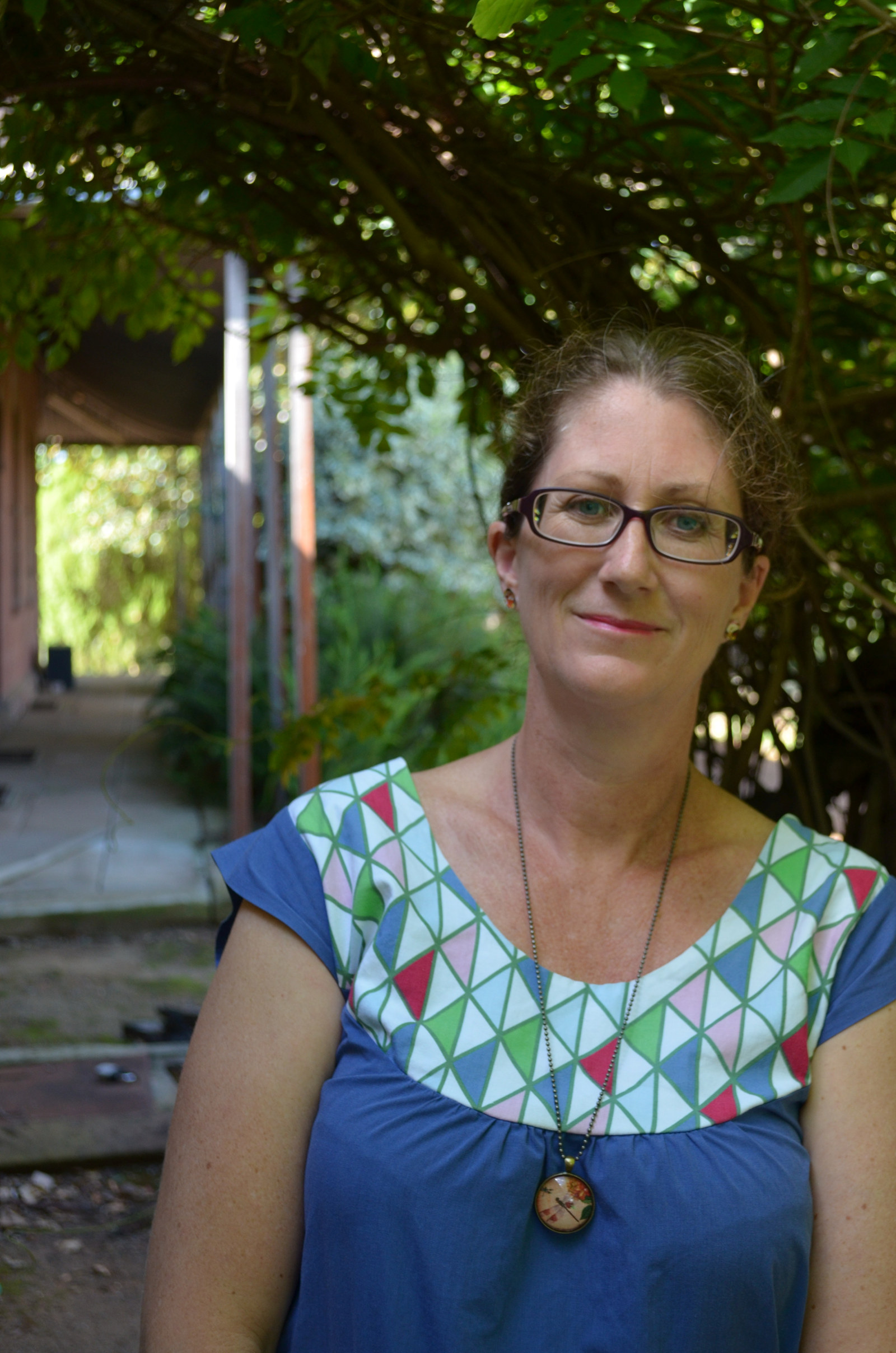Shrouded House: collection care at Rouse Hill Estate
Staff at Museums of History NSW work tirelessly to ensure that buildings and collections are lovingly cared for, and to secure their longevity.
Rouse Hill Estate was home to six generations of the Rouse and Terry families and preserves the evidence of over 150 years of their domestic life. When the house and its significant collection came to the Historic Houses Trust (now MHNSW) in 1986, we initiated the then new approach of preserving the collection unchanged and in situ.
Sometimes the buildings require intervention to ensure their stability and longevity. Whenever we undertake building and conservation work at one of our properties, experts from our Heritage and Collections & Access teams meet with curators and external consultants to discuss the project and how the collection will be safeguarded. In the past year we’ve undertaken two complex projects at this property – stabilising the roof of the house itself and conserving the roof of the cart shed.

Beam me up
To assess the durability of the house’s 200-year-old roof, every beam, rafter and joist was core tested to ascertain its strength. Several beams were identified as being compromised, largely due to previous termite damage. Replacing an entire beam would have entailed removing the roof, so we decided instead to use a system of supporting steel members made up of multiple smaller components bolted together. These would sit alongside the existing beams to support the roof for many years to come.
Before the works began, we evaluated the safety of the items in the rooms below, particularly the principal bedroom, which holds a rich collection of heirlooms. Choosing a cautious approach, we decided to relocate small moveable objects. The first step in the process was to take detailed photographs of the bedroom to document the precise location of objects. Items such as ornaments were then wrapped in acid-free tissue paper, boxed and moved to another room, along with the smaller photographs and artworks from the walls.
We then set about shrouding the furniture with plastic sheeting – the four-poster bed, wardrobe, dressing table, chest of drawers, and smaller pieces of furniture. The highly significant soft furnishings in the room, including the cotton curtain valances that have hung over the windows since the mid-1880s, and rare fireplace curtains, were also covered to protect them from any dust released by activity in the roof space above. The bedrooms at Rouse Hill House are already redolent with atmosphere, and ‘the shrouded house’, as we began to call it, took on an ethereal feel.
Building contractor Michael Beilby then installed the large steel beams in the roof space. When the work was completed, the shrouds were removed and the principal bedroom was given a gentle clean. The carpets, bed coverings and chaise longue were brush-vacuumed with a soft paintbrush, a process familiar to curators and conservators the world over: surface dust is painstakingly brushed into the nozzle of the vacuum cleaner, so as not to damage the fragile textiles. The mid-1880s linoleum on parts of the floor was carefully cleaned with a mixture of vinegar and deionised water. The small objects removed from the room were also cleaned before being placed back where they have rested for decades.
The cart shed
Meanwhile, the corrugated-iron roof of the cart shed in the rear paddock was assessed, and the decision was made to replace several compromised sections and reinforce others, in keeping with our policy to retain and re-use as much of the original material as possible while weatherproofing the roof. The timber-slab building houses several vehicles, including a Humber Super Snipe car last registered in 1963, a 19th-century horse-drawn sulky and harvesting equipment, and many other remnant objects of farm life.
The conservation work required movement of people through the space and the removal of roof sheets and roofing timbers. Once again, small objects were photographed in situ and then relocated to a safe space. A series of temporary structures were built around the vehicles in the building both to protect them while the work occurred above, and to serve as work platforms. The resulting roof is a mix of new pieces of corrugated-iron sheets and some original ones dating from the 19th century.
These and upcoming projects at Rouse Hill Estate will preserve and protect the buildings and collections so that they can be enjoyed by visitors for many years to come.
‘Conserve as found’ at Rouse Hill Estate
Rather than replacing old material with new, our approach at Rouse Hill Estate is to support as much of the built fabric as possible, to maintain the condition of the property as it was when it came to MHNSW. We also aim to minimise the impact of any works on the building.
Published on
Related
Browse all![Owner bound volume of assorted songs, in the collection of Rouse Hill House & Farm, 1850-1864. [music]](https://images.slm.com.au/fotoweb/embed/2023/10/615fb53b45ca4bfb8d979b01993be8c3.jpg)
‘Home! Sweet Home!’
It may come as a surprise that the expression ‘home, sweet home’ originates from a song title

'Australian Flowers'
Given that much of the music played in Australia in the 19th century had been imported, one might ask what constituted an ‘Australian’ piece of music?

1960s psychedelia at Rouse Hill House
In a short experimental period of music making, the talented young John Terry combined radical musical ideas with abstract imagery and the soundscape of Rouse Hill House

A Gothic Angel
In the drawing room at Rouse Hill your eye is instantly drawn to a small painting on the far wall; a figure of an angel in a shining gilt frame, acquired in the 1870s.
